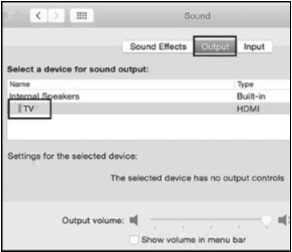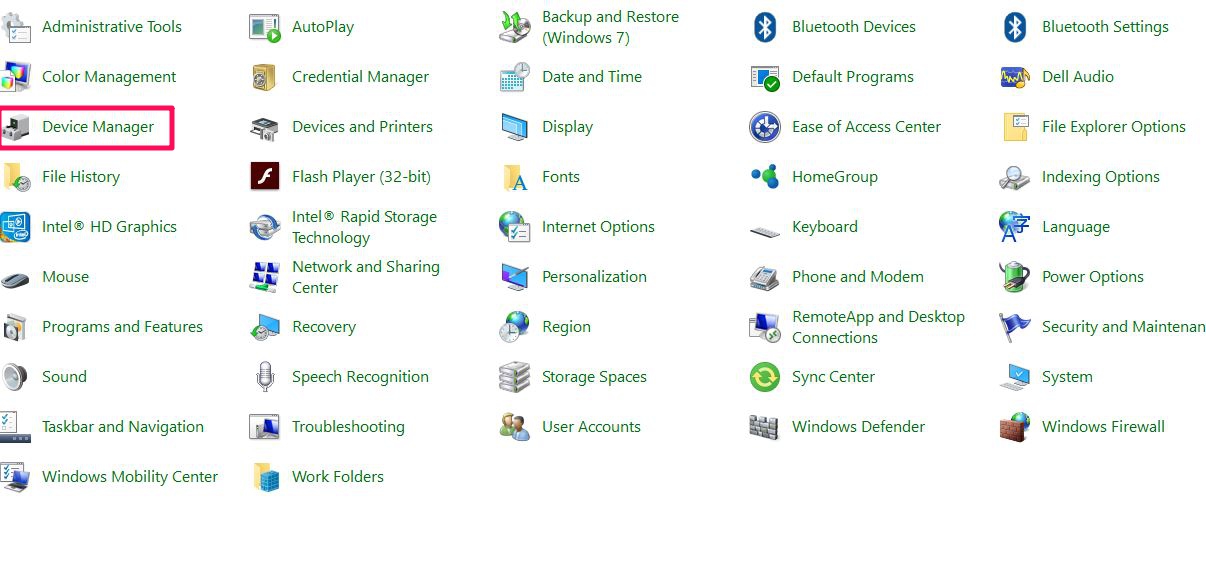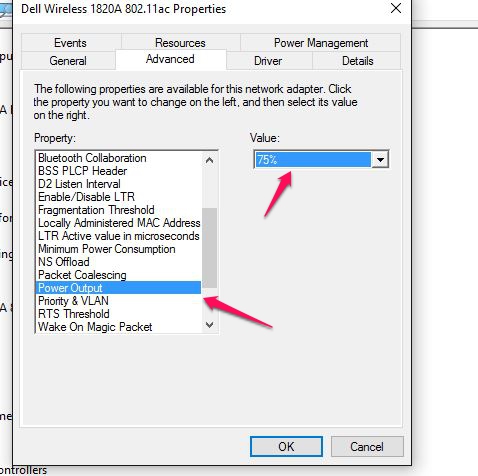The USB-C hub with DisplayPort is one of the first products on the market to support the new DisplayPort 1.4 and Display Stream Compression (DSC) 1.2 standards. DisplayPort 1.4 doubles the bandwidth of DisplayPort 1.2 to support an 8K display at 30Hz or 4K display at 120Hz. DSC 1.2 allows even higher resolution such as 8K 60Hz or 4K 240Hz to be transmitted over a single cable.
It also supports the new Power Delivery 3.0 standard. USB PD 3.0 ensures backward compatibility with USB PD 2.0 and provides additional benefits including the Fast-Role Swap Mechanism (allows users to unplug power without interrupting the connection) and Source-Coordinated Collision Avoidance (A more robust mechanism to avoid collisions when source and sink are negotiating power signals).
System requirement
Not all USB-C ports support all features of USB-C. Some computers and smartphones only support data over USB-C for external storage such as flash drives while some devices support video and charging over USB-C. Check out the article below about the USB-C port's capabilities. If you are not sure, please consult the manufacturer for this information.
http://kb.cablematters.com/index.php?View=entry&EntryID=86
Symptom: The multiport adapter is not functioning properly on a Windows computer with Thunderbolt 3. Symptoms include no video, flickering video, and an unstable USB peripheral connection.
Solution: Update BIOS, Thunderbolt 3 firmware, Thunderbolt 3 drivers, and Intel Graphics Driver from the manufacturer website. For more details, refer to articles below:
BIOS, Firmware and Driver Updates
Symptom: The adapter is not recognized / one or more ports are not functional.
Unplug all cables and peripherals, restart the computer, and then reconnect everything.
Symptom: DisplayPort does not work at full 8K resolution
The adapter supports DisplayPort 1.4 and Display Stream Compression 1.2 (DSC 1.2 was added with the introduction of DisplayPort 1.4 specification). Therefore, it supports connecting a single 8K display at 60 Hz or 4K Display at 240Hz. However, this requires the host computer to support both DisplayPort 1.4 and DSC 1.2 over USB-C port as well. Currently, the only source supporting both features over USB-C port is the Nvidia RTS series graphics cards. In the meantime, the display also needs to support DisplayPort 1.4 and DSC 1.2 to achieve the above resolution. Please check the specifications of your equipment.
Symptom: HDR does not work
Support for HDR is required across the setup. The source computer needs to support DisplayPort 1.4 and HDR output over USB-C. Additionally, the monitor or TV and source content / software need to support HDR.
HDR over USB-C is currently only supported on select devices including the Surface Pro 7 and NVIDIA RTS Series Graphics Cards (both support DisplayPort 1.4). Please check the specifications of your equipment to make sure HDR is enabled.
Symptom: No signal when connecting to some monitors with DisplayPort input and output.
Some monitors such as Dell P2415Q and P2715Q 4K monitors have two DisplayPort connectors. One of the DisplayPort connectors is for DisplayPort input while the other one is for DisplayPort output. The DisplayPort output is designed for daisy-chaining a second monitor. Please make sure to connect this adapter to the DisplayPort input.
Symptom: Certain device and monitors only support 4K at 30Hz resolution
Certain monitors including the LG 31MU97C, Viewsonic VX2475S, Asus PB287Q, and Philips 288P6LJEB may not support 4K 60Hz via DisplayPort. Resolution may be limited to 4K 30Hz. Contact the monitor manufacturer for this information.
Some smartphones and laptops such as the LG G5 (1080p) and 12" MacBook (4K@30hz) do not support 4K at 60 Hz video out. Contact the laptop / smartphone manufacturer for this information.
Symptom: The computer is not charging or charges at a reduced speed.
This multiport adapter can pass up to 60 watts of power to your computer. Some computers require more than 60 watts. The power may be disabled through USB-C or charge at a reduced rate when only 60 watts of power is provided.
Use the original AC power adapter and USB-C cable that came with your computer when charging with this Multiport Adapter. Third-party chargers may not be fully compliant with the USB specification. They may not charge properly or could potentially damage the Multiport Adapter or your computer.
Symptom: Unstable USB connection when using a peripheral such as an external hard drive.
This multiport adapter can be bus-powered by the USB-C port. Some USB peripherals may require more power than the USB-C port on the computer provides. This is more likely to happen when the Multiport Adapter is operating under full load with all ports in use. In this case, connect a USB-C cable and a USB-C AC power adapter to provide additional power.
Do not daisy chain another USB hub to this adapter through the USB-A ports in order to connect more USB peripherals. It may overload the USB system or the power adapter and cause damage.
Symptom: Ethernet connection not recognized or stopped working.
Please refer to the article below to troubleshoot the Ethernet.
https://kb.cablematters.com/index.php?View=entry&EntryID=107
Symptom: Ethernet keeps disconnecting with certain Dell computers.
Some Dell XPS and Precision models may contain a version of internal Wi-Fi adapters that interfere with the Ethernet connection over USB-C. This issue can be resolved by lowering the power output of the onboard Wi-Fi adapter.
1. Navigate to Control Panel > Device Manager
2. Select Network adapters. Right-click on the Dell wireless adapter.
3. Select Properties. Click on the Advanced tab. Select Power Output and select 75%.
4. Disconnect the cables and Multiport Adapter, restart the computer, and reconnect everything.
Symptom: Audio is not transmitted to monitor through DisplayPort
Some monitors do not have built-in speakers. Therefore, audio must be transmitted separately. If audio is supported, please follow the steps below to select the correct playback device:
Windows:
1) Open the 'Sound' menu by searching or right-clicking the sound icon on the taskbar
2) In the Playback tab, select the display with DisplayPort
3) Click Set Default
4) Click OK to save the settings

macOS:
1) Open the Apple Menu and go to System Preferences
2) Click the Sound icon
3) Click the Output tab
4) Select the display with DisplayPort

For more information about our USB-C products including drivers and user manuals, please visit the USB-C page on our website


